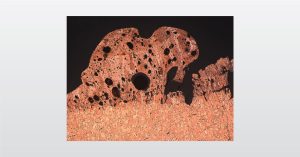
Metallography Webinar
In this webinar we introduce metallography which is a crucial source of valuable information in the failure analysis process
To enable certain features and improve your experience with us, this site stores cookies on your computer. Please click Continue to provide your authorization and permanently remove this message.
To find out more, please see our privacy policy.